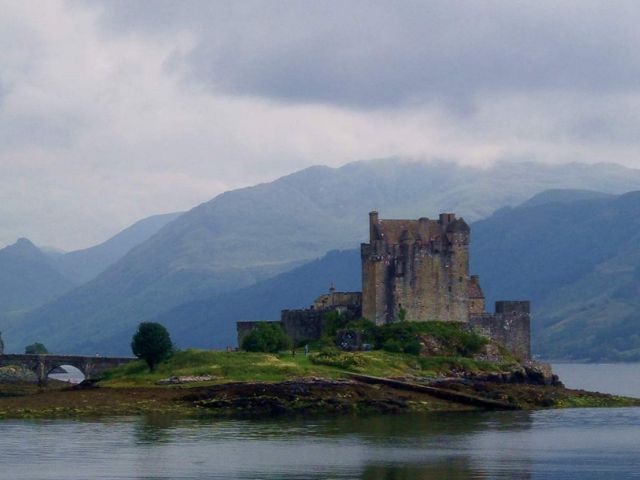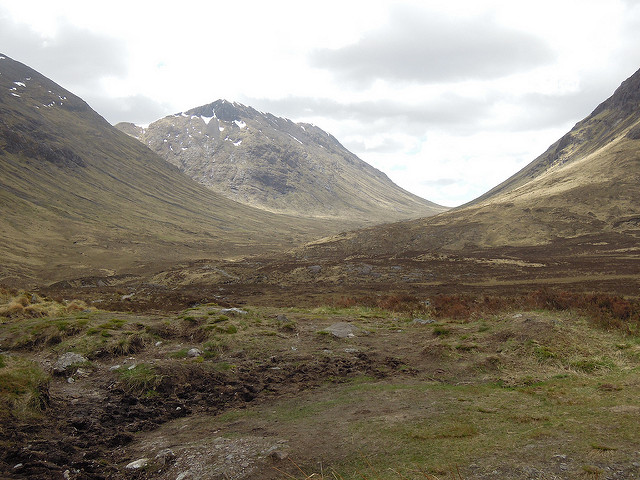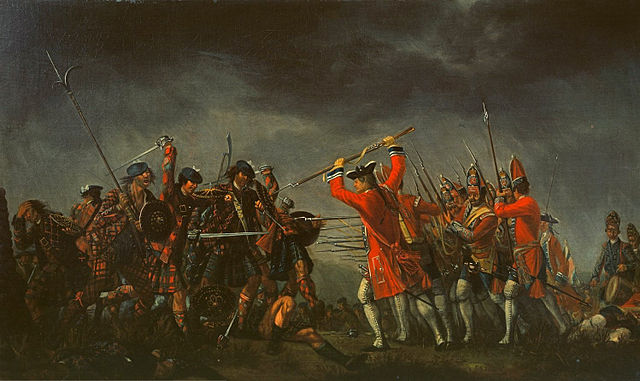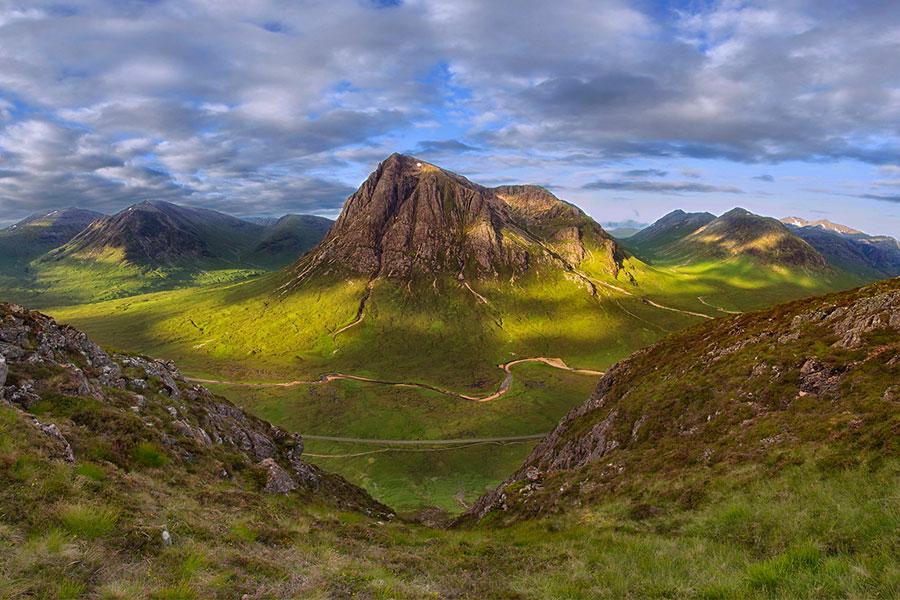The History of Scottish Clans
Scottish Clans are a large foundation of Scottish history and the development of tartan.
The word clan derives from the Gaelic word ‘clann’, which means children.
Established around 1100, the original clans of Scotland were like extended family groups, and the majority of members were blood relatives and descendants of a common ancestor. They worked hard to protect their land and fellow clansmen from their enemies and were fiercely protective people.
So, if you’re wondering just how Scottish clans began, or what life was like for the clansmen, this post is here for you. We’ll guide you through the beginnings of Scottish clans, what clan life was like, why the system ended and the origins of clan tartans.
Where did clans originate from?
It’s unclear as to where the clans originated from. All we know for certain is that they originated in the Scottish Highlands around 1100.
Believed to have descended from Kings, here is an example of how a clan would develop.
Chief Donald was a descendant from Conn, King of Ulster in the second century, the Campbells descended from Diarmaid the Boar, whilst the MacKinnons and MacGregors can trace their lineage back to King Alpin.
Protecting their land, the strong bond developed by clans meant that neighbouring clans would think twice about invading. The close-knit community of a clan meant that they formed a strong army, thought of as a family.
It began with powerful lords offering protection to a local community. For years Scotland had been facing Norse invasions, destroying their monasteries, as well as facing constant attack, so the clan system offered protection amidst the instability in Scotland.
Alternatively, some believe that the clan system arose with the crowning of Malcolm Canmore in 1058. He was an anglophile and married the King of England’s granddaughter, Margaret.
During his reign, he abolished the Gaelic language in favour of English, as well as converting the country’s religion to Roman Catholic. These changes angered the Scots, and some claim this is why the clan system emerged and grew powerful.

Source: Dave Conner
What were armigerous clans and septs?
An armigerous clan was a ‘chiefless’ clan. Instead of having a chief and wearing their crest, armigers have their own heraldic arms and wear them instead.
A sept is a family that has no direct bloodline to a clan but follow their chief regardless. Living on the chief's land or marriage was enough to connect a sept to the chief.
What was clan life like?
The chief
Ruled by the powerful chief, ever aspect of daily life was controlled. From marriage to legal matters, he would also lead his clan into battle.
Regarded with immense respect, the chief was often regarded as the best fighter, swordsman and leader. The clan chief was guarded and always protected, to ensure he was not attacked. An attack on the clan chief was seen as treason and punishable as death.
He was very much regarded as royalty by the clan members.
The clan
Due to changing clan boundaries and migration patterns, it became more common for clans to be made up of members bearing different surnames. Many of these members began to adopt the clan surname, either as a show of support or to obtain protection from the fiercely loyal clan dynamic.
Farming the land and fighting battles were jobs for the male highlanders, and women were settled at home cooking cleaning and tidying.
Marriage
Arranged marriages were common, and almost always arranged by the clan chief. The chief believed his clan members must marry and have children with each other.
Sometimes, couples were given a trial marriage. They would live as husband and wife for a year and a day and then decide if they wanted to marry or not.
Battles
Although there was a strong show of unity within each clan, there was often intense feuding between rival clans
Due to the sovereign having authority in the Scottish Highlands, the clans were, therefore, able to do whatever they liked.
With there being no consequence of the clan's actions, they began stealing from each other. Cattle, land and women were all at risk of being stolen, so a watchful eye was kept on neighbouring clans.
Battles between clans were often fatal.

Source: Aaron Bradley
Why did the clan system end?
By the 1800s, clans were under immense pressure by the English Monarchy and the British Government. It was clear they could not hold up against them.
The Battle of Culloden
The last battle of the Jacobite Risings, the Battle of Culloden in 1746 began when Charles Stuart attempted to defeat the British Government and regain a Stuart place on the throne. He believed he was the rightful heir.
In April of 1746, Charles army was marched to Drummossie Moor in Inverness to battle against the Hanoverian Government.
The Highlanders were all defeated within one hour. Sheepishly retreating to France after this battle had been lost Charles Stuart had almost admitted defeat. The playing of pipes and wearing of tartan was banned by the Act of Proscription, whilst the Disarming Act limited highlander's right to bear arms. The Heritable Jurisdiction Act abolished the clan chief's judicial rights.
Disillusioned by their system and defeats, these government acts sparked the end of the Clan system.

Source: David Morrier
Clan tartans
Most Highlanders would wear tartan every day. Early tartans were simple checks in one or two colours. Extracted from dye-producing plants, each local area started to adapt it's own signature colours depending on the berries and trees used for dying.
Clan members of that area would wear simple checks that became their tartan related to that area.
Developed alongside tartans were family crests, learn more about the various clans and their tartans by looking at our Clan Map of Scotland.
With the evolution of chemical dyes, weavers were able to introduce more colours and patterns into their tartans.
Although the Act of Proscription in 1746 forbade the wearing of tartans, the tartan revival started in 1822, when King George IV visited Edinburgh and suggested that people attending official functions should wear their tartans.
From that moment on, tartans have become symbolic of Scottish culture. To celebrate Scottish pride and identity, your traditional highland kilt can be worn on all occasions, and not just by Scots.
Scottish clans played a huge role in Scottish history. Many clan societies are still active today, ensuring their legacy lives on!










